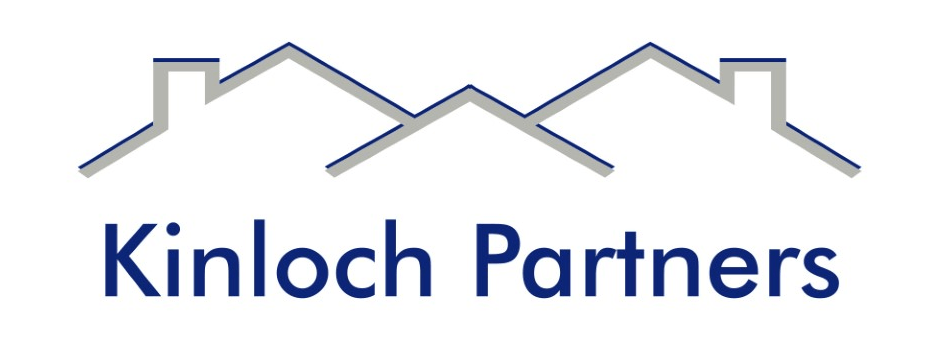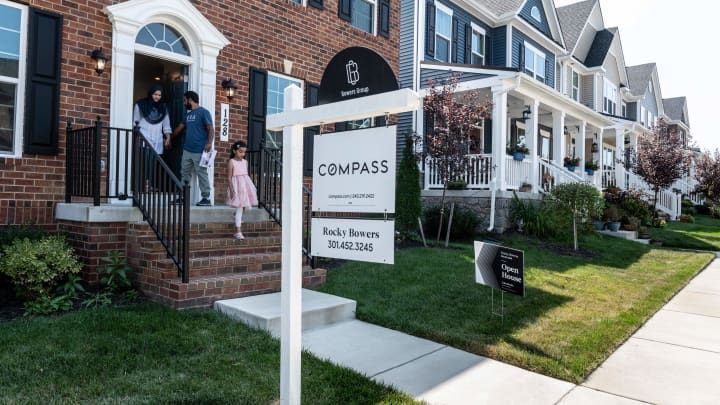Limited Availability of Entry Level Homes, Apartments Threatens American Dream of Homeownership
Original story here: http://www.prnewswire.com/news-releases/limited-availability-of-entry-level-homes-apartments-threatens-american-dream-of-homeownership-300270781.html
MIAMI, May 18, 2016 /PRNewswire/ — Housing demand continues to surge, but the limited availability of entry-level homes is stifling the American Dream of homeownership for many Americans, according to Bruce McNeilage, founder and CEO of Kinloch Partners. McNeilage made his remarks as part of a panel discussion at the IMN Conference here today.
“There is significant pent-up demand for single-family housing as the economy improves and interest rates remain low,” McNeilage said. “However, most builders are still aiming for the high end, leaving a vast and underserved market of working-class, middle-class and entry-level buyers.”
According to the United States Census Bureau, the average price for a newly constructed home in March 2016 was $356,200.00. Median household income in 2016 is $53,657.00, or 15 percent of the average new home price. In 1986, the average new-home price was $111,900.00, while median household income was $24,887.00, or 22 percent of household income.
Even rental properties tend to cater to the high-end customer. In Atlanta, for example, 91 percent of multi-family housing projects were aimed at high-end customers in 2015.
Millennials, the generation between the ages of 18 and 34, now outnumber Baby Boomers (ages 52 to 70) 75.4 million to 74.9 million. Given that Millennials are at the early stages of their careers, their salaries simply don’t match up to average new-home prices.
“The largest group of consumers in the United States, demographically speaking, are the Millennials,” McNeilage said. “The real-estate industry needs to wake up to the fact that we are pricing too many people out of the American Dream. We must look for ways to provide more affordable-housing options that cater to young buyers.”
McNeilage is a partner in the Solo East Condominium development in Nashville, Tenn., and says it is the type of housing that more developers will build in the coming years. The development is in an up-and-coming Nashville neighborhood, is moderately priced, but includes high-end amenities such as granite counter tops. McNeilage says this type of development, either as a rental or as purchase, is needed to fill current and future demand.
“Working Americans – policemen, firemen, teachers – and young and upcoming families need their housing needs met, and it’s up to the entire industry to come up with affordable solutions,” McNeilage said. “Otherwise, the American Dream of homeownership is going to collapse under its own greed.”
About Kinloch Partners, LLC
Kinloch Partners, LLC is a real estate investment company formed in 2011 by childhood friends Bruce W. McNeilage and Christopher P. Zachary, who met on the playground at Kinloch Elementary School in Dearborn Heights, Michigan, in the mid-1970s. The company specializes in providing a path to home ownership for new homeowners through new construction, home renovation or investment in financially distressed real estate properties.
About Information Management Network (IMN)
IMN, founded in 1994, is a global organizer of institutional finance & investment conferences. In 2004 the business was acquired by Euromoney Institutional Investor PLC, a UK company listed on the London Stock Exchange. The Structured Finance division of IMN produces Securitization, Covered Bond, CLO and other Debt Capital Market conferences globally. The Real Estate division produces educational and networking forums for Real Estate Opportunity & Private Fund, Mezzanine Lending, Non-Traded REIT, Single Family Rental Investments, Data Centers, CFOs, General Counsels and Bank & Special Asset Executive professionals. And the Investment Management division produces educational and networking forums for institutional Investors. This division caters to Index & ETF Investing, Public Funds, Foundations & Endowments, Alternative Investments, Securities Lending and Distressed Investing professionals.
To view the original version on PR Newswire, visit: http://www.prnewswire.com/news-releases/limited-availability-of-entry-level-homes-apartments-threatens-american-dream-of-homeownership-300270781.html








